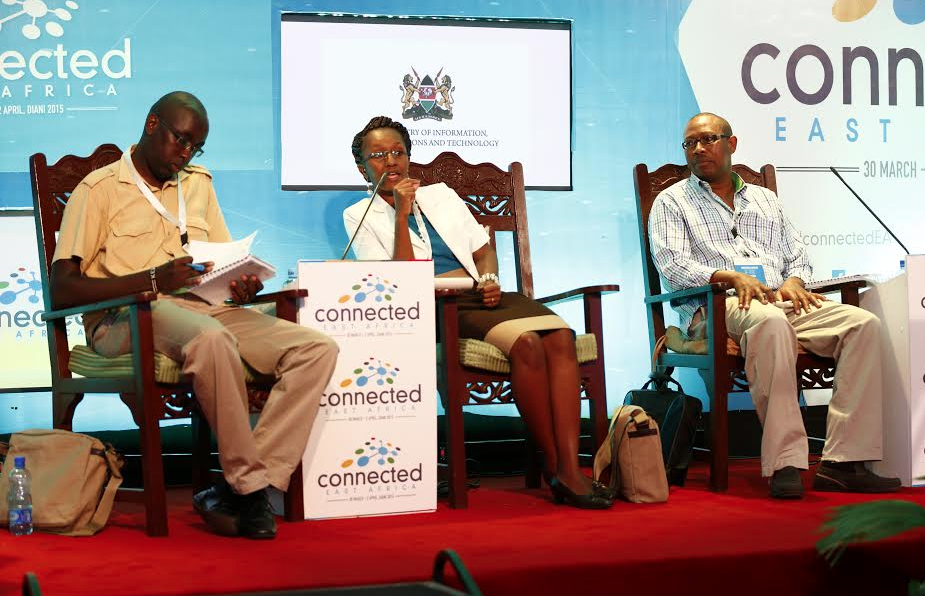The idea of social protection started gaining momentum around the 2000s. It started in Kenya, Ethiopia, Tanzania and now Uganda. Uganda’s Expanding Social Protection programme (ESP) started in 2010 and is designed to help vulnerable individuals and households so that they can access basic needs – although initial evidence shows that some recipients are creatively investing and ‘growing’ the grants.
One of the major pillars of social protection in Uganda is Social Assistance Grants for Empowerment (SAGE), a pilot scheme which, among others, offers monthly cash grants to senior citizens [old persons] in 15 selected districts. Pius Bigirimana, the permanent secretary, Ministry of Gender, Labour and Social Development, recently told The Observer that government is considering scaling up the SAGE programme to cover the entire country.
Once rolled out, it will enable at least 100 old persons per sub-county in the country to earn Shs 25,000 monthly. As Uganda plans to roll out the programme, what lessons can the country learn from its African peers?
According to a report on social protection in Africa released by the Food and Agriculture Organisation (FAO) recently, Africa is looking at social protection to narrow the gap between the rich and the poor and also provide vulnerable houses access to basic necessities of life and spur growth, since the money is spent within the economy.
‘Investments in health and education induced by cash transfer programmes generate both short and long term economic benefits through improvements in human capital, which lead to an increase in labour productivity and employability,’ reads the report in part. However, different countries have different social protection mechanisms.
In Ethiopia, for instance, its social protection is run as a phased programme known as Productive Safety Net Programme which focuses on vulnerable households to improve their livelihood. This includes direct cash transfers for vulnerable households or providing direct employment in public works to vulnerable people.
According to the FAO report, cash transfers in Ethiopia potentially serve as an important complement to a broader rural development agenda, including a pro-poor growth strategy focusing on agriculture. Cash transfers can serve not just as social protection but also as a means of promoting farm and household-level production gains.
Dr Michael Samson, a director of research at Economic Policy Research Institute (EPRI), Cape Town South Africa, says the government of Ethiopia spends more than any other country in East Africa on social protection. There is a heavy government commitment. It was aimed at increasing agricultural productivity and public works that help tackle poverty.
It either provides jobs or those who do not have work, get cash payment. With an annual budget of nearly $500 million, the Productive Safety Net is a huge programme, reaching more than seven million Ethiopians.
In neighbouring Kenya, the Hunger Safety Net Programme is also run as a phased programme. It makes cash transfers to vulnerable households, in food insecure counties and cushions them from hunger and starvation. Currently, Hunger Safety Net Programme is in its second phase.
The FAO report notes that cash transfers function as part of both tracks of a twin track approach – reducing hunger and vulnerability immediately, while at the same time facilitating household level investment in productive activities.
Hunger Safety Net Programme mainly offers cash transfers to Orphans and Vulnerable Children (OVC), Older Persons, Urban Food Subsidy, and Persons Living with Disability cash transfers. Currently, the second phase of Hunger Safety Net Programme is supporting the poorest and vulnerable households in the poorest four arid counties of Turkana, Mandera, Wajir and Marsabit with the overall aim of reducing extreme hunger and vulnerability.
Under the programme every household receives cash transfers of Kshs 4,900 every two months. Currently, the programme runs an entire annual budget of Kshs 230 million.
Kenya’s Vision 2030 aims to establish a consolidated Social Protection Fund, so social protection is a key priority in this vision. Vulnerability is a likelihood of falling into poverty. The objectives of social protection correspond to four of its aspects – social assistance, social services, social insurance and social equity.
Some cash transfers like OVC are conditional, mainly after a household has sent the child to school. It also involves public works where individuals get regular payment of a wage in exchange for work (physical labour). This is overseen by an inter-ministerial, social protection committee and has provisional and district social protection committees and area or village social protection advisory committees.
In Tanzania, social protection, reaffirmed its commitment to social protection by signing the Arusha Declaration on Social Protection in Tanzania and is embedded in Expanding Tanzania Social Action Fund (TASAF). This makes cash transfers and public works a component of social protection, and currently, at least one million people are enrolled on the programme.
FRENCH VERSION
crit par Edward Ssekika
Dans les années 1990, la protection sociale en Afrique orientalesonnait très bizarre qui rappelle l’Ouest Etats–Providence.


